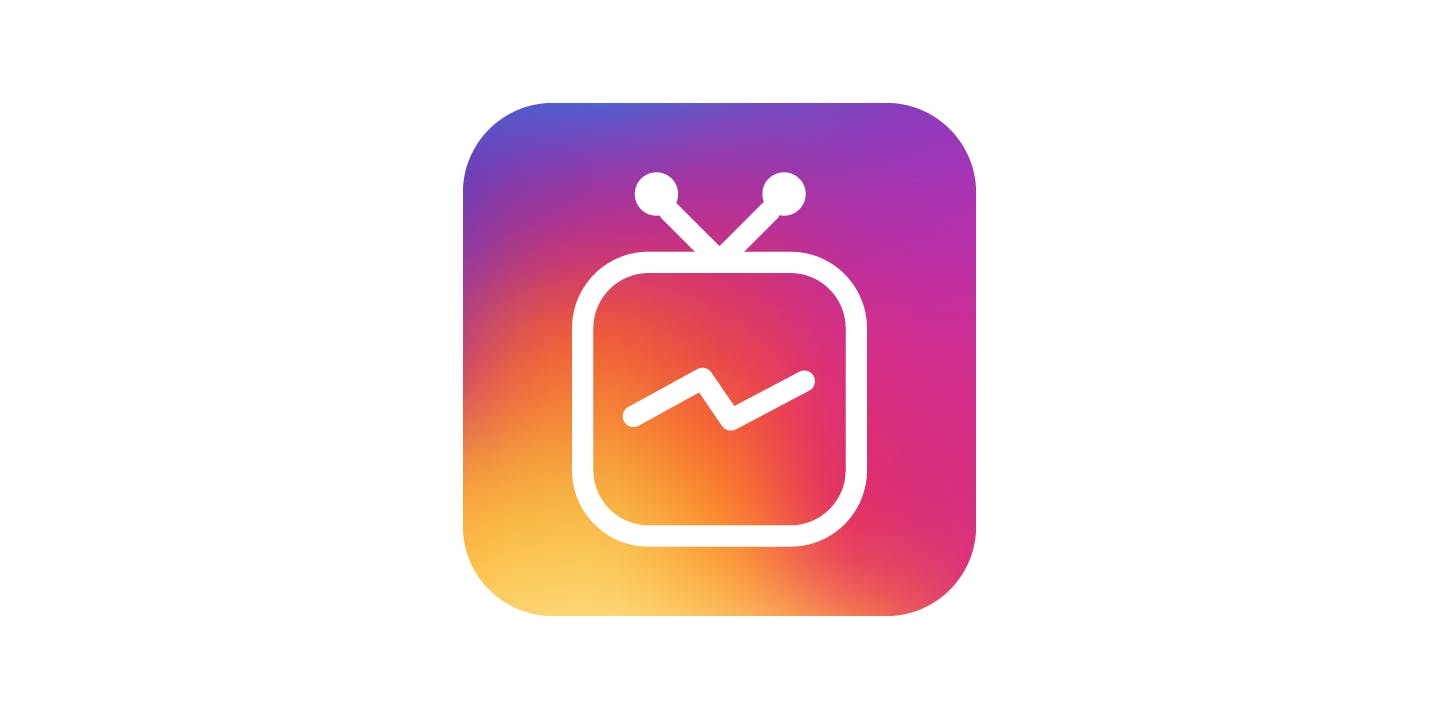The use of “TV” in IGTV isn’t accidental. As Instagram CEO Kevin Systrom explained, “Just like turning on the TV, IGTV starts playing as soon as you open the app. You don’t have to search to start watching content from people you already follow on Instagram and others you might like based on your interests.”
Almost immediately, observers started pointing out what seems obvious: IGTV is a potentially significant threat to online video behemoth YouTube. After all, with over a billion active users and the backing of parent Facebook, Instagram is going to be a formidable foe for just about any service that finds itself in the company’s crosshairs. Jusk ask Snapchat.
But just how successful will IGTV be?
Two weeks into IGTV’s life, Instagram has released a best practices guide for creating IGTV video and high-profile publishers and brands like BuzzFeed, Vogue, BBC, The Economist, Louis Vuitton, Bacardi and Chipotle, have already published content on IGTV.
According to Digiday, “publishers’ IGTV videos are getting views in the high five figures” but some videos have generated even more views. For instance, a Vogue video of Kylie Jenner trying out her makeup products has received more than a quarter million views, while a nine-minute film about ecotourism in Coral Triangle published by The Economist with sponsorship from Blancpain, has received over a million views.
These figures suggest that IGTV does indeed have potential, but there’s no free lunch for brands on IGTV.
One of the primary reasons for this is that IGTV uses the vertical video format. While it’s theoretically possible to repurpose videos created for horizontal formats like YouTube’s, more realistically publishers and brands will need to create content tailored to IGTV if they want to be successful.
In other words, without an ability to quickly repurpose content, they will need to invest time and money in content creation for yet another digital platform.
The ad angle
Publishing brands, of course, will eventually need to recoup their investments and it’s not clear yet if and when they might be able to do so.
Obviously, if IGTV looks viable, Instagram will almost certainly seek to monetize it through ads. Instagram has built a powerhouse ad business and there’s every reason to believe that advertisers would embrace IGTV ads. Instagram’s Systrom acknowledged that IGTV is “obviously a very reasonable place [for ads] to end up” but didn’t indicate specifically when that will happen.
That means investments in IGTV content represent a leap of faith on the part of publishing brands – and a potentially large one at that.
The reason: other players in the video market, including YouTube and Facebook itself, pay for content directly or indirectly. As Forbes contributor David Bloom points out, that means IGTV’s lack of monetization opportunities is likely to impede its adoption. Until brands can make money, content created for IGTV will almost certainly be more limited in volume, length and quality than on competing platforms.
With that in mind, it’s not unreasonable to expect that Instagram will have to put monetization options on the table sooner than later. In the meantime, it will be interesting to monitor how brands eek out positions on IGTV while taking into consideration all of the uncertainty about its future.


Comments